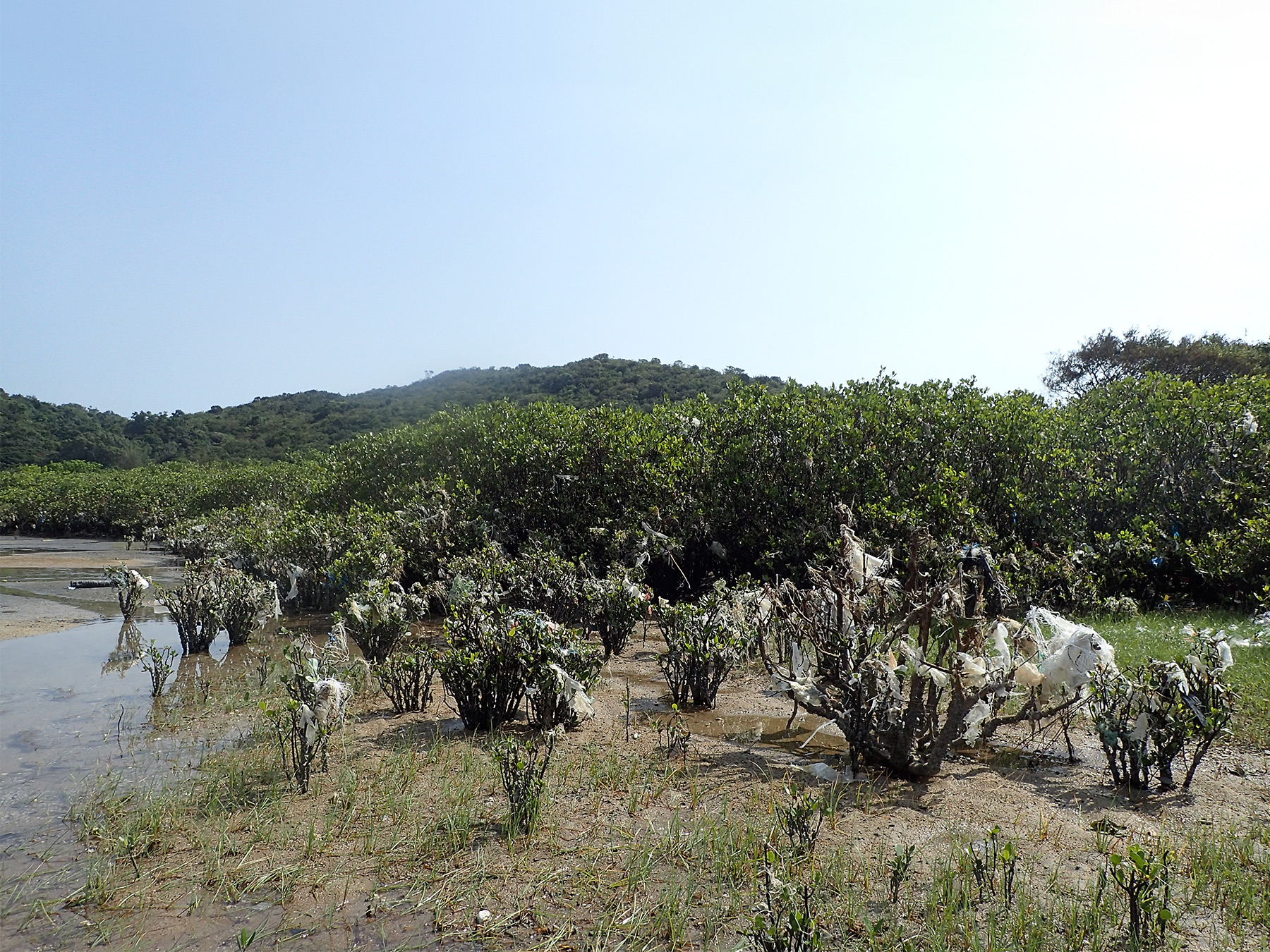If you ever pay a visit to coastal areas like sandflats or mangroves, their breathtakingly beautiful landscape will leave you in awe as you gaze afar. However, when you approach the shoreline and take a closer look, you will be surprised by the presence of unsightly marine litter on the coastal stretch that spoils the view.
You may wonder, "Who would deliberately discard rubbish on beaches and shores?" However, the sources of marine litter are actually not as simple as this question seems. While some rubbish may indeed have been generated deliberately or accidentally left behind on the shore, more often than not, marine litter also consists of rubbish that has been abandoned elsewhere and then washed up from the sea. Different forms of discards are found in the marine litter, including abandoned fishing gears (e.g. nets and ropes), wood and different kinds of plastic (e.g. food packaging, plastic bags and bottles). The abandoned fishing gears is a threat to wildlife on coastline and in marine waters. Entanglement by the fishing gears could lead to difficulty in mobility, finding food and escaping predators, or even suffocation and eventually, death.
Many animals mistake marine litter for prey. Taking sea turtles as an example, floating plastic bags in the ocean easily resemble jellyfish, algae, or other species that make up a large component of the sea turtles' diets in their eyes. Sadly, the outlook for turtles (or any animals) that eat plastic is bleak: ingesting just one plastic object could potentially be a death sentence. Sharp plastics can rupture internal organs and bags can cause intestinal blockages leaving them unable to feed, resulting in death from starvation. Plastic debris will also break down over time into "microplastics' (i.e. with a diameter of < 5mm). These microplastics remain in the food web, they accumulate within the organisms living on the coastal habitats, so ingestion of microplastics is of particular concern.
Marine litter and microplastics are very hot topics in the environmental realm at the moment. Their ecological impacts can be devastating to organisms living on the coastal shores. But there is still hope! As early as in 2015, the Hong Kong Government has already implemented active management measures to tackle this issue, including "Engage the community to contribute and participate" and "Promotion and public education". Let's join hands and protect our "Blue Planet'.


